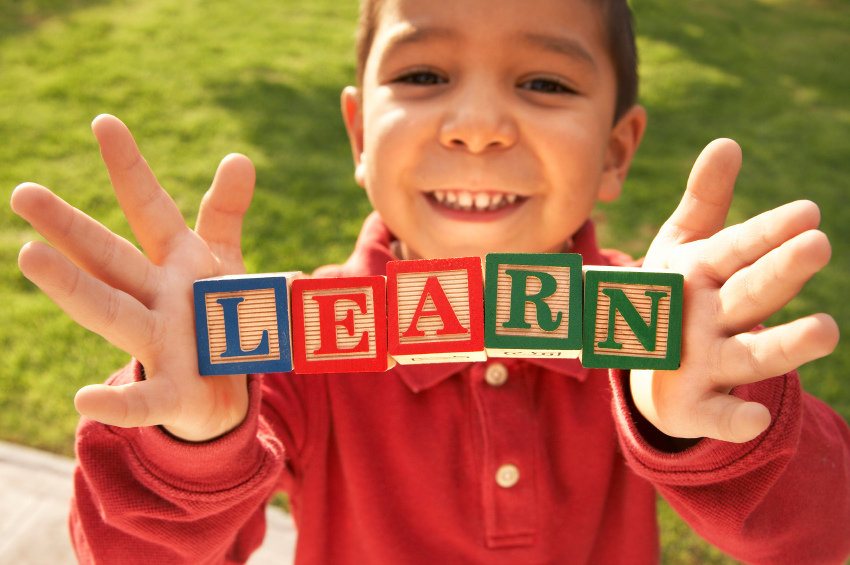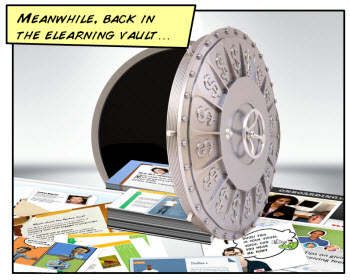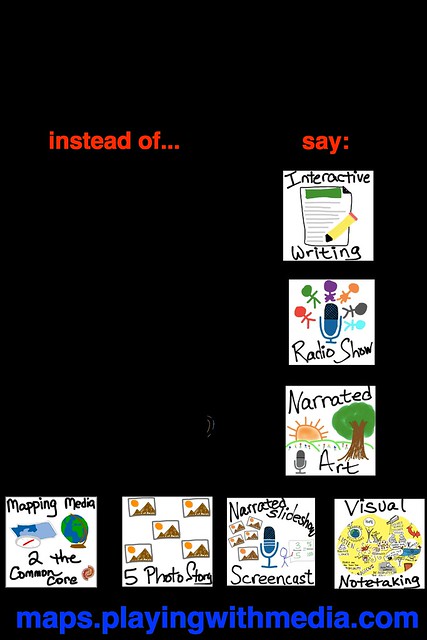I have always been a creative person. Being creative has always been a good thing for me while growing up. It was one of the few classes I enjoyed while going through school and when I went to college, it was the first thing I majored in. Though that did not turn out the way I thought, I am glad that I have found something that I feel confident about. Education was not my first choice. I was a graphic design major, then a photography major. I kept choosing majors I thought I would love, but it turns out I did not love them. Majoring in those majors made me hate what I use to love. After 2 years of wasted time and money, I needed to change. My grades were suffering because I hated what I was doing so much that I quit trying. After changing my major to elementary education, I felt so much better. After taking my first education class, I felt that I could really become a teacher. Now that I am taking EDM310, I am even more confident that this is what I was meant to do.
I want to teach my students in a way that they do not even know that they are learning. I want them to enjoy learning, to have fun while learning, and to not feel as if they are forced to learn. I plan on using project based learning in my classroom often. I feel that project based learning is how I will achieve my goal of making learning fun. My students will learn to be curious and learn on their own. I will ask questions often and spark interest in my students. For me, school while growing up felt like a chore. I want my students to want to come to school, to want to learn, and have fun while learning. It is all about fun, fun, fun! Being creative, being artsy, having fun. I have said this is a previous blog post that learning has become too serious. Kids do not want to come to school and listen to a teacher talk. In my Blog Assignment #14, I learned that younger students believe that everyone thinks like they do and lecturing in front of a class is not going to help them learn. They need to be social and learn from other students. Not only will I teach my students what they need to learn but I will also teach them skills that they will need for the future.
In my classroom, one of the tools I want to use is blogs. After watching Ms. Cassidy's first grade class, I learned that blogging can help students in so many ways. I also want my students to be able to make podcast. I think podcast are a good way to help the shy student open up. One of the biggest things for me is being social. I have always been shy and awkward and anti-social. I have gotten better but I have not overcame it yet. My sister is actually worse than I am. It is a big deal for me that my students learn to be social. Learn to speak in front of a group, give presentations, and to not be shy. I think that it is a very important skill to have. I gave my first presentation in 5th grade. Children should be giving presentations as soon as they start school. It does not need to be in depth, but as long as they get up there and speak in front of a class, it will be enough. I will use any tools that will help my students learn what they need to and learn necessary skills for the future.
My classroom will be welcoming. It will be cozy and a place my student will want to be. My classroom will be decorated in the students work. Every project or assignment I give, students will be asked to make it colorful and to be creative. I plan on hanging all of their work up on the walls. My classroom will also be judgement free. Students can be really mean these days and it can really hurt other students at a young age. I went to school with a girl in elementary school. Her name was Diane. Diane never talked. I was in her class a couple of years, we even had ESL together. I never knew why Diane did not talk, but people always said that it was because someone made fun of her voice when she was in kindergarten. In 5th grade she began to open up. Only to a few people. I went to school with her for almost 5 years and never heard her say one word. I do not want any of my students to ever feel uncomfortable or ever be picked on. Especially in my classroom. My students will give presentations often and I will not allow other students to say mean things or make fun of them. I will teach my students to be supportive of their classmates and teach them to critique nicely. My plan on making my classroom negativity free.
I plan on teaching kindergarten through fifth grade. I am not sure what specific grade or grades I want to teach because I have not been able to experience different age groups. Sometimes I want to teach younger children, sometimes I want to teach older. I am not sure what I would enjoy more, but as long as I am teaching, I think I will be happy.
How have my ideas changed since the start of the semester?
There really is not much to change. I still have all the same ideas, but now I know how to achieve them. To get student to learn on their own, I would use project based learning. I still do not want to test my students, I will use blogs, podcast, and presentations to test their knowledge. I will find ways to keep my students interested and I will spark their curiosity.
I plan on working hard to learn all that I can about incorporating technology into my classroom. Student will be able to speak freely as long as it is appropriate. I think opinions matter and I think student should have a say in how they are learning or being taught. I think it is very important to value their ideas and opinions. When I was growing up, it felt as if I did not have a choice. Whatever I said did not matter. I want my students to be able to feel like they matter. My ideas are still the same. Now it is using what I learn to achieve them.










